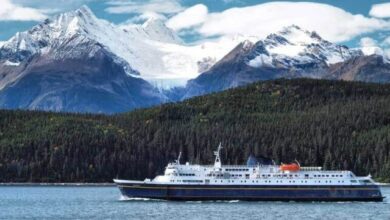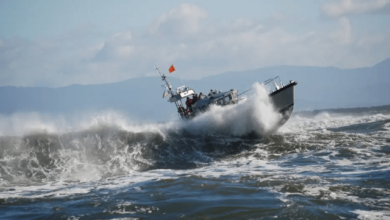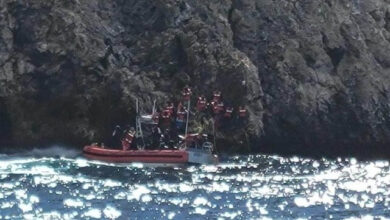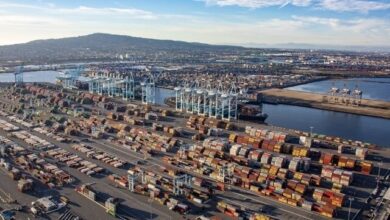MAREK GRZYBOWSKI write to ” Blue Economy” FERRIES ON THE BALTIC SEA OPEN FOR PASSENGERS
Passenger ferry traffic froze in the Baltic Sea during the COVID-19 pandemic. Cargo transport decreased by about 10% to 25%
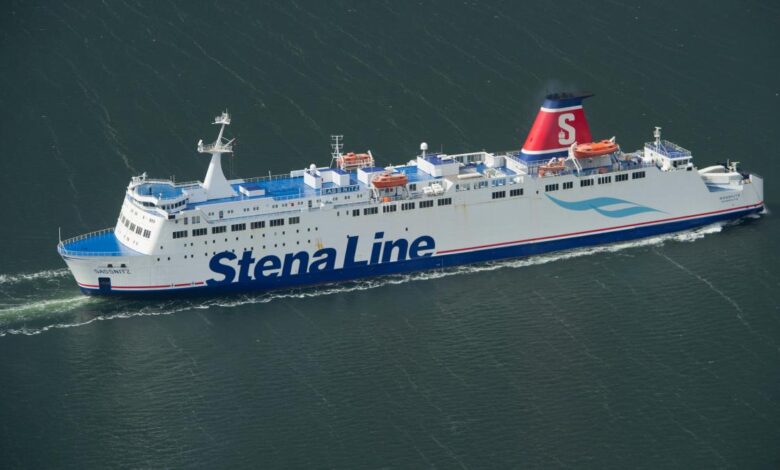
Marek Grzybowski
Ferry services in the Baltic Sea region are offered by 15 operators. The market is dominated by Germany and the Scandinavian companies: Stena Line, DFDS Seaways, Tallink Group, Viking Line, TT-Line and Finnlines. Connections between Poland and Scandinavia are also provided by Polish shipowners: Polferries and Unity Line. The ferries on the Baltic Sea have a total capacity of 90,000 passenger and about 145,000. loading line for trucks.
The Baltic States began to carefully open borders in June. Ferry operators have already started marketing activities. They opened ferries for tourists. The number of passengers carried on Tallink ships in April this year was as much as 96 per cent lower than a year ago — the Tallink Group announced. The Stockholm-Mariehamn-Helsinki service was completely suspended.
The company has dismissed 450 employees in Sweden. “It was a very difficult but necessary decision if the company is to survive the coronavirus crisis,” said Marcus Risberg of Tallink Silja.
The pandemic affected other ferry operators in similar way. Ferry operator DFDS cuts 650 jobs to ‘adapt to new market conditions’. DFDS’ decision to cut 650 jobs is due to the severe fall in demand as a result of the coronavirus backdrop and to prepare for “the new reality”, DFDS chief executive Torben Carlsen informed Lloyd’s List.
Closed borders. The borders of Denmark and Norway are closed until August. The British government has announced that it will exclude most Western European travelers from quarantine. Today, all British and foreigners coming to the UK must submit to a 14-day quarantine.
The financial penalty for leaving quarantine in England, Wales and Northern Ireland is 1,000 pounds, and in Scotland — 480 pounds. These restrictions also affect ferry operators. Great Britain will lift two-week coronavirus quarantine rule on July 6. They will apply it only to visitors from certain countries and to some air and sea connections.
“The closure of borders meant that no trips are organized, including to Copenhagen or further destinations,” confirms Katarzyna Antoń, Marketing Manager, Unity Line. She is informing that many of the trips to Sweden also did not take place as a result of the lockdown and closing of Poland’s borders. “Scandinavians and people coming from that direction are leaving the ferries without restrictions in Poland. We have opened Polish borders,” emphasizes marketing manager Unity Line.
Traveling by ferry without going ashore?
In Sweden it is still forbidden to travel for tourist purposes. At the moment, it is known that until mid-July tourists cannot move in and outside cities. “So we are waiting for the restrictions on the other side of the Baltic to ease,” says Katarzyna Antoń. “We have information that the Swedes are looking forward to traveling, so they will definitely be using our extensive range of hotel packages on the Polish coast”.
The Tallinn-Helsinki-Mariehamn service will be operated by MF Baltic Queen and will take place on July 3, 10, 17 and 24 informed Finnlines. Stena Line announced that it is closing Frederikshavn-Oslo in March. DFDS reacted immediately, and took over the route, introducing MF Pearl Seaways and MF Crown Seaways on June 25 this year. The Oslo-Copenhagen connection (suspended for a pandemic) will start on the same day.
Safety rules. Shops, bars and restaurants are open. Discos are closed. Shipowners are cautious and passengers can use shops on ferries. Restaurants, bars and shops operate with strict security principles. A limited number of people can be present in stores and restaurants at the same time. Staff and customers are required to use masks and disinfectant fluids. Safety procedures are very extensive and apply not only to passengers but also to crews and drivers, which is illustrated by shipowners in the pictures.
“Ferry is the only means of transport in which passengers can maintain social distance. We are now observing an increase in the number of reservations due to widespread lifting of restrictions. It is time to inform about our security measures against COVID-19 and to assure our customers that currently the ferries ensure the safest journey. The safety of our passengers and crew is always a top priority for Stena Line,” says Niclas Mårtensson, managing director of Stena Line.
Tourists have body temperature measured before entering or driving on to a ferry. A social distance is kept on the ferry as much as possible. Truck drivers are placed separately in the cabins. If that is not possible then no more than two people. Stena Line announces that all Stena Line ferries have fresh sea air in the air circulation and ventilation system. New devices for spraying disinfectant fluid are used on ships.
Tourist traffic between the Baltic ports is reviving. While maintaining precautions, traveling by ferry should be safe and most importantly — it guarantees a return home.




